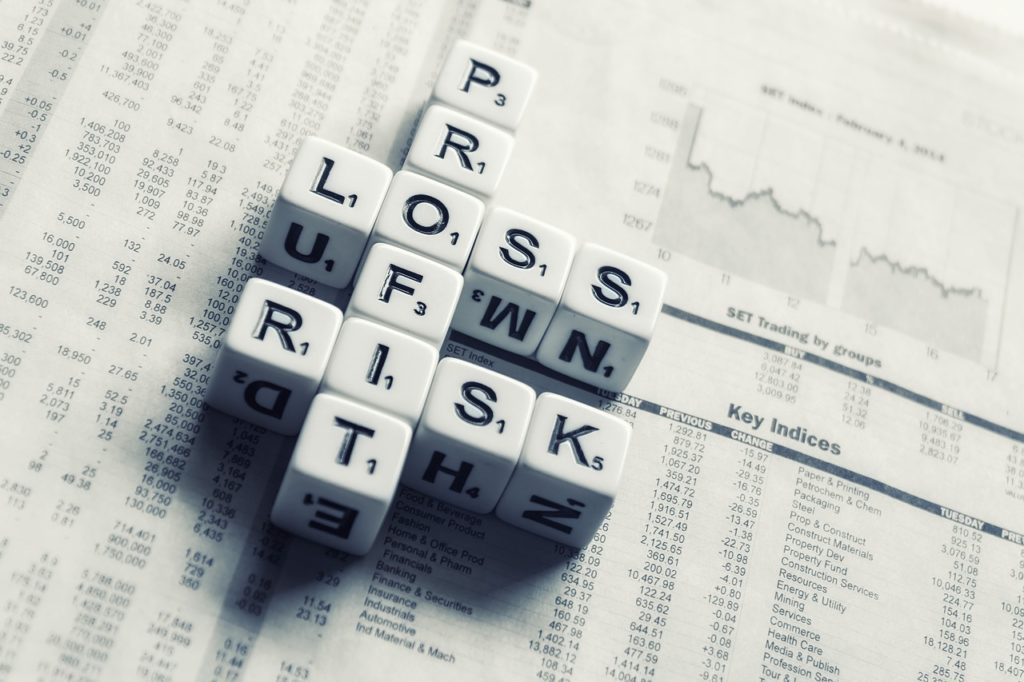Investors often see their investment activity as a form of saving money, but in reality, these are entirely different processes. Saving and investing have specific purposes, and both should play a role in a person’s overall financial strategy. While investing can help generate wealth, savings provides a safety net that is critically important for everyone, regardless of their financial situation. Even when an investment portfolio is conservative, investing comes with risk of loss, which is what makes savings so critical. As such, individuals who believe that cash should never sit around when it could be generating a return, are putting themselves at risk of losing everything.
Breaking Down the Difference between Saving and Investing
Saving money means placing cash in a safe and liquid account, usually a checking or savings account that is secured by the FDIC against any risk of loss. However, saving money does involve accepting some loss, because money that individuals place into a savings account will likely not keep pace with inflation, so its absolute value will decrease. Ideally, individuals should have immediate and unfettered access to any saved capital. A number of older investors who lived through the Great Depression actually recommend keeping cash in a safe or another hidden place. While this strategy may be overly cautious, it demonstrates the real meaning of saving money.

In many ways, investing money is the opposite of saving money. For example, investments necessarily involve accepting the risk of loss while hoping for gains. Investments are also generally not very liquid, especially when compared to cash. Investors tend to play a long game, meaning that they will hold on to an investment through the fluctuations in the market to generate more wealth in the long run. Consequently, invested money should not be funds that people need to access anytime soon. Common forms of investing include stocks, bonds, and property.
Striking a Balance between Investing and Saving
For most people, a financial strategy should involve both saving and investing. Saving money provides a degree of safety, even if it does incur a small financial loss. Since investment comes with risk, it is not wise to put too much money in investing products. One way to think about it is that individuals should be willing to lose whatever money they invest. While some investments are safer than others, people should always think about the worst-case scenario. Thus, for most people, savings takes precedence up to a certain point.
Savings provides the foundation for overall financial health. Having enough money set aside to weather financial storms helps people avoid the need to sell investments when times get tough. The unfortunate truth is that investments lose their value when the markets take a dip, so selling at this point in a moment of desperation almost always involves a significant loss. A good rule of thumb for savings is to set aside enough money to cover all living expenses, including the costs of rent or mortgage, loan payments, insurance, food, and utilities, for six months. This nest egg provides a bit of a cushion in the event of job loss or other emergency and ensures that people don’t have to take drastic measures to stay afloat.
Savings also plays another important role in financial planning. Because investing involves a long-term view, individuals should avoid using investments as a savings vehicle for any large purchases that they will make in the next five years. Stocks can frequently lose 50 percent of their value or more in a single year, which can cripple someone’s ability to purchase a home. For this reason, savings should be the primary vehicle for major purchases in the near future.
Once people build a good financial cushion and have a balanced monthly budget, then they can begin thinking about investing. Typically, investing is the best plan for long-term financial goals, such as paying for a child’s education or retiring. When the event is far in the future, individuals can initially accept a higher level of risk and then slowly adjust the portfolio to be safer over time to protect their earnings. Importantly, since investing always carries some degree of risk, people should convert some investments to savings as they approach their long-term goals.
Investing at an early age often means greater returns down the line, but sacrificing a safety net for higher returns is not a smart financial move. Moreover, individuals should be sure that they invest wisely and work with a trusted advisor or take the time to learn thoroughly about the market in order to make the best decisions. While there is always some risk involved with investing, knowledge can help mitigate this risk to some extent.
The Major Exception to the Usual Saving-Investing Balance
The glaring exception to prioritizing investing over saving is putting money into a 401(k) retirement account. Because of employee-matching programs and the tax breaks involved with this sort of account, maxing out one’s contributions often makes good financial sense. At the same time, if maxing out contributions means that an individual can’t save any money, that person will need to rethink his or her overall financial strategy and figure out how to build a safety net while also taking advantage of a 401(k) program.

